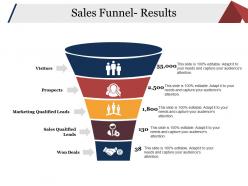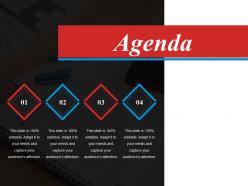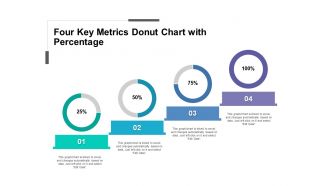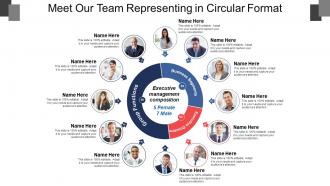Top 5 Crowdfunding Campaigns to Raise Funds for Diverse Projects!
WHAT IS CROWDFUNDING?
Consider coming up with a clever invention, such as a hoverboard that actually works (and doesn't catch fire!).
You need money to make it happen. Now not everyone has a chance to be sitting on a Scrooge McDuck-sized gold coin vault.
Therefore, you choose to host an online party rather than making unpleasant door-to-door requests for money. You extend an invitation to participate to people on the internet and tell them, "Hey, if you think my hoverboard idea is as cool as a cucumber, you can chip in a few bucks to make it real!"
Your family, friends, and strangers who are interested in participating are now the attendees at your online parties! They begin depositing money into your virtual pigsty; shortly before you know it, you have enough cash to begin construction on your hoverboard.
Crowdfunding is that! It resembles a sizeable online party where everyone contributes a small amount of money to help fund your fantastic ideas.
The best thing, though? You're not even required to provide snacks!
Click here to get a FREE PITCH DECK!
HOW TO DO IT? CROWDFUNDING CAMPAIGNS FLOWCHART!
- Project Idea: The process begins with the generation of a distinctive or creative project concept. This could be a novel product, a new film, a good deed, or a creative business project.
- Choose Crowdfunding Platform: Depending on the goals of their project, the project creator chooses a crowdfunding website like Kickstarter, Indiegogo, GoFundMe, or another.
- Project Setup: The author builds a project page on the chosen platform. This involves creating a compelling project overview, deciding on a funding goal, and choosing incentives or bonuses for backers.
- Launch Campaign: Once the project page is finished, the creator launches the crowdfunding campaign to make it online and accessible to the public.
- Promotion: The campaign's creator actively advertises it using a range of platforms, such as social media, email marketing, press releases, and more, in order to reach a big audience.
- Backer Contributions: Supporters of the project make contributions by going to the project page and sending money. They choose a reward tier based on their degree of contribution.
- Funding Progress: The website updates the amount of money being raised for the objective.
This is an easy flowchart you can use to start your own crowdfunding project!
- Campaign Duration: Contributions can still be made within the campaign's allotted operating length (for instance, 30 days).
- Stretch Goals: Developers can include stretch goals to promote fundraising above and beyond the initial aim. These goals frequently open up additional features or benefits.
- Completion & Delivery: If the campaign meets its funding goal at the end of the campaign term, the creator receives the money. Following that, they concentrate on completing the project and awarding rewards to their backers.
- Updates: The creator provides funders frequent updates before, during, and after the campaign to let them know how the project is progressing.
- Project Delivery: Once the project is complete, backers receive their rewards as promised by the creator.
- Thank-You: Creators express gratitude to their backers for their support, creating a sense of community and goodwill.
- Success or Refunds: If the project is successfully completed, backers enjoy their rewards. If the project fails to meet its goals, some crowdfunding platforms may refund backers, depending on their policies.
- Post-Campaign Activities: The creator may continue to engage with backers and potentially start new campaigns for future projects.
LET’S GET INSPIRED! CASE STUDY
Here, we highlight two inspiring initiatives that successfully raised money for various charities through crowdsourcing, demonstrating the power of teamwork.
- Pebble Time (Kickstarter) Smartwatch: One of the first crowdfunding success stories was the Pebble Time Smartwatch campaign on Kickstarter, which earned more than $20 million in just 32 days. The objective of the project was to create a low-cost, custom smartwatch.
It demonstrated the interest in wearable technology among the general public and the potential for crowdsourcing development.
- Exploding Kittens (Kickstarter): Sometimes, a healthy dose of humor may make a crowdfunding effort successful. Exploding Kittens, a humorous card game with oddball artwork, received over $8 million in funding on Kickstarter.
This campaign proved that crowdfunding isn't exclusively for high-tech or serious endeavors and that creativity can flourish in several contexts.
For the best PowerPoint presentations and more, visit us at SlideTeam or call us at +1-408-659-4170.
We also offer customization services and take pride in our team of amazing #PresentationDesigners. Submit your template request and experience their magic.
FREQUENTLY ASKED QUESTIONS
- What is crowdfunding, and how does it work in simple terms?
- Crowdfunding is like hosting an online party where you invite people to contribute small amounts of money to support your creative or innovative project. It's a way to fund ideas by gathering funds from a large group of people, often through crowdfunding platforms like Kickstarter or Indiegogo.
- How do I start a crowdfunding campaign for my project?
- To start a crowdfunding campaign, you need to follow these steps: come up with a compelling project idea, choose a suitable crowdfunding platform, create a project page with details and rewards, launch your campaign, promote it, and engage with your backers throughout the process.
- What are "stretch goals" in crowdfunding campaigns?
- Stretch goals are additional funding targets set by project creators after they've reached their initial funding goal. These goals encourage backers to contribute more by promising extra features, improvements, or rewards if the campaign surpasses the initial target.
- Can crowdfunding campaigns be used for charitable or social initiatives?
- Yes, crowdfunding is not limited to business or product ideas. It can also be used for charitable or social causes. Many platforms support campaigns aimed at raising funds for non-profit organizations, community projects, or individuals in need.
- What happens if a crowdfunding campaign doesn't meet its funding goal?
- If a crowdfunding campaign fails to reach its funding goal by the end of the campaign duration, some platforms may not collect any funds from backers. This is often the case with "all-or-nothing" campaigns. However, the creator may choose to relaunch the campaign with adjustments or explore alternative funding sources.



![Top 5 Crowdfunding Campaigns to Raise Funds for Diverse Projects! [Free Template]](https://www1.slideteam.net/wp/wp-content/uploads/2023/09/BANNER-2.jpg)
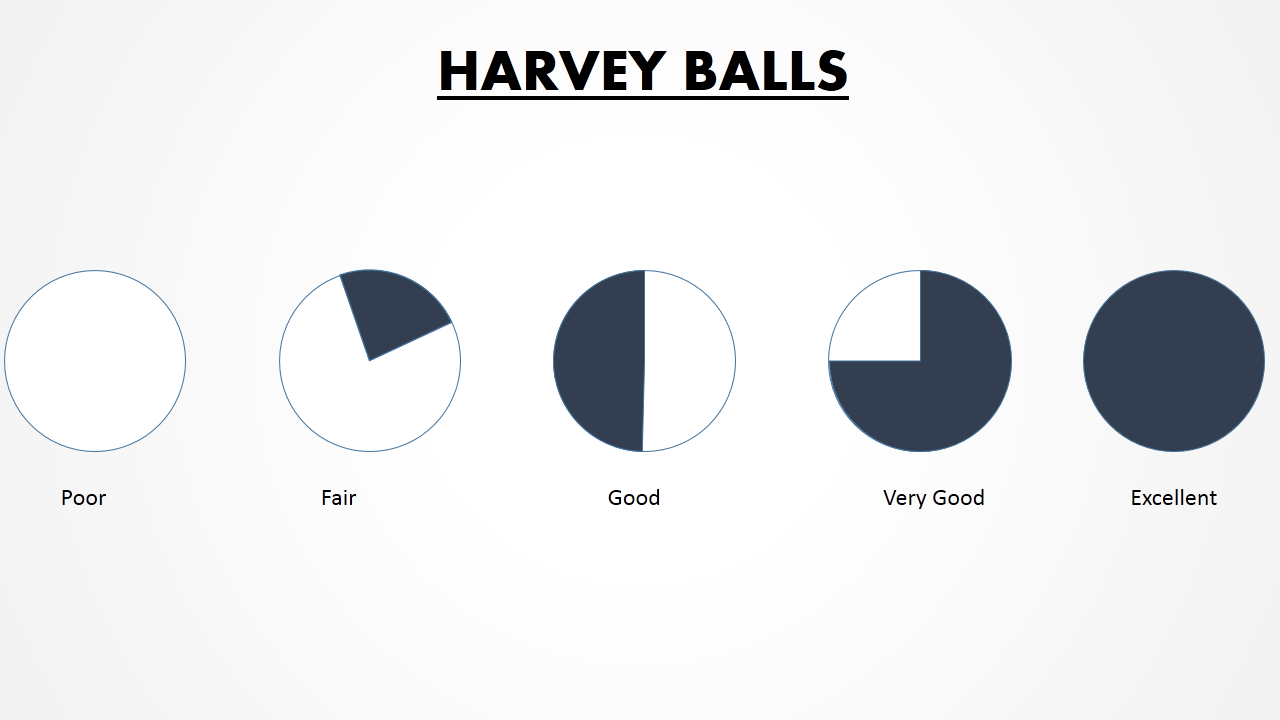

 Customer Reviews
Customer Reviews







![Best Referral Marketing Tips! [Free PPT]](https://www1.slideteam.net/wp/wp-content/uploads/2023/09/Referral-Marketing-Tips-BANNER-1013x441.jpg)

